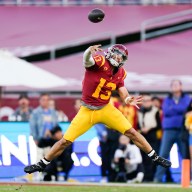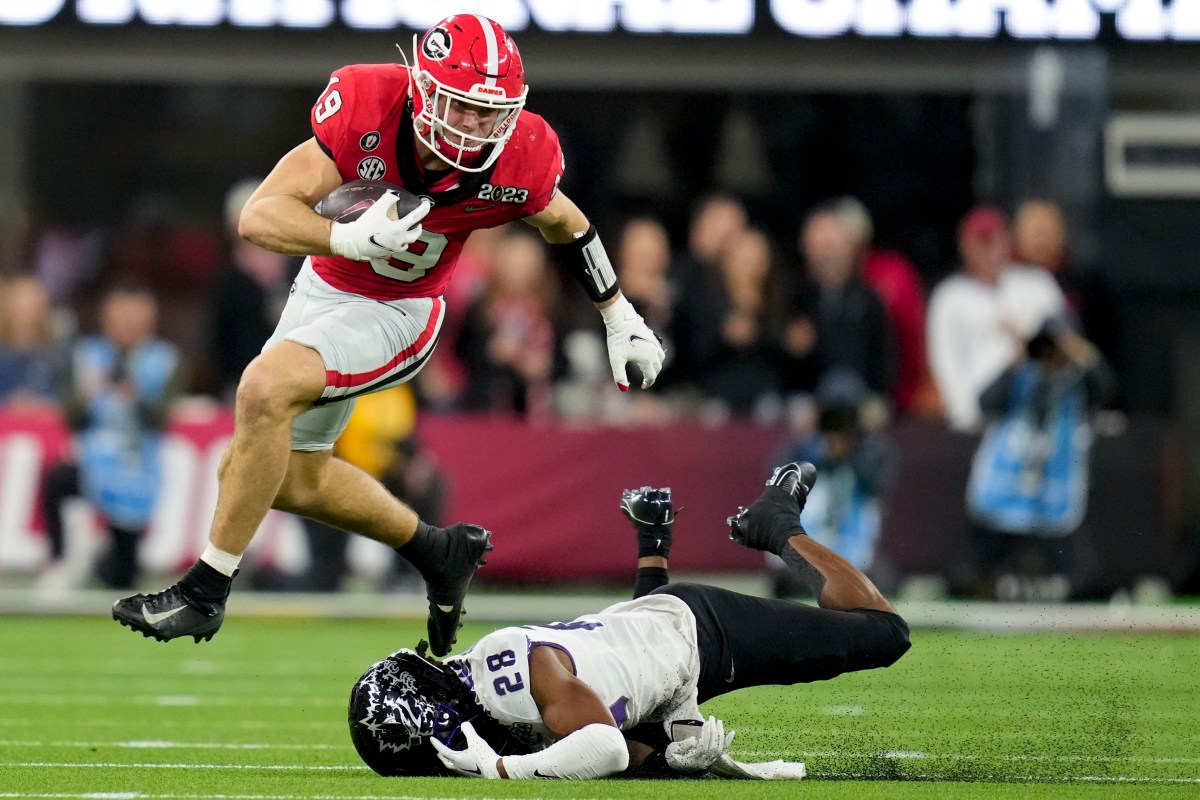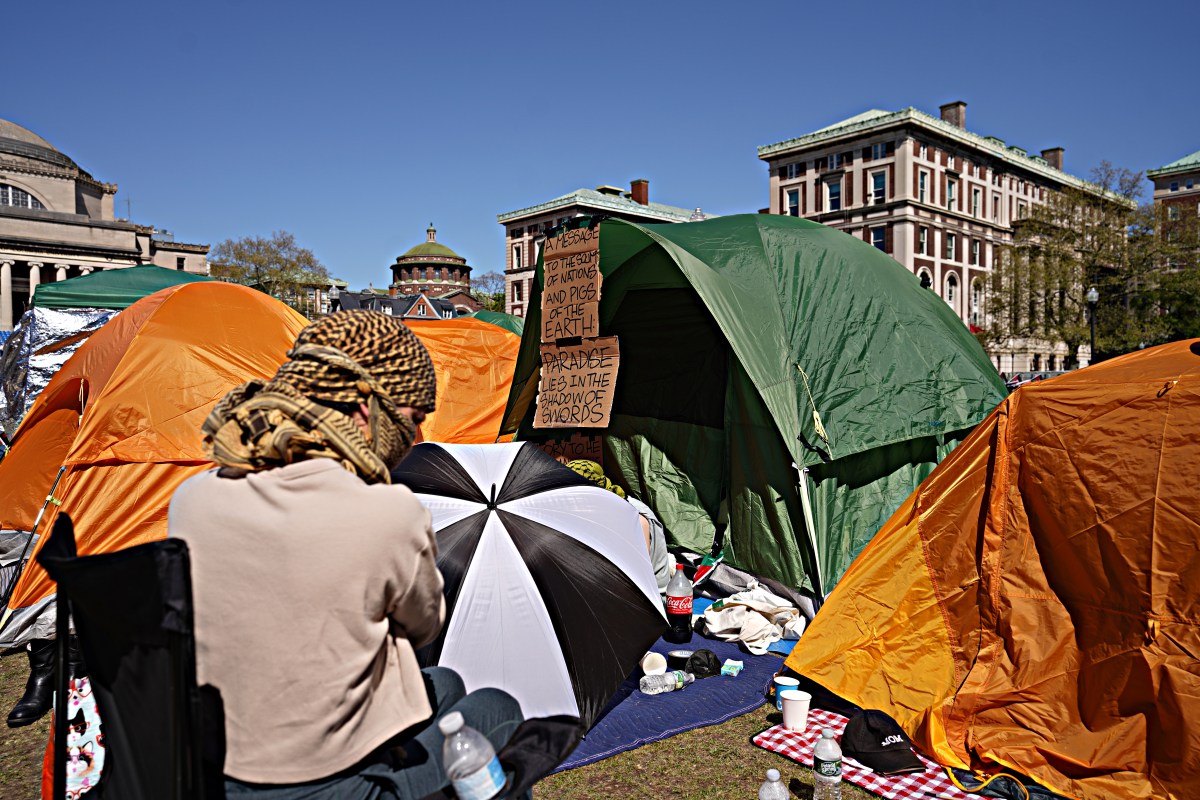There are different options for handling your RRSP investments and experts advise a diverse portfolio to protect against the shocks of the marketplace.
“You don’t want to keep all of your eggs in one basket,” says Allison Marshall, financial advisory consultant with the Royal Bank of Canada. “You want to divide your assets in your RRSP between the different types of investments and also look at some foreign content.”
Marshall points to three main options: Cash, bonds and equity. You don’t want to have a lot of cash in your RRSP as it defeats the purpose of wanting to earn a rate of return. Treasury bills or money market investments and Canada or provincial savings bonds are “some examples of more liquid investments,” she says.
Bonds may also include GICs (Guaranteed Investment Certificates). “You can have any bonds that are issued by companies that are listed on a public exchange in Canada or … debt that was issued by a company that’s on what Canada calls a designated stock exchange,” she explains.
That includes U.S., U.K. and Japanese exchanges. A full list can be found at fin.gc.ca.
For equities, you can have any of those common shares and preferred shares on those designated exchanges.
While many people just trust the issuer of the RRSPs to handle the account, a more hands-on investor may want a self-directed RRSP for a wider investment range. Information on those can be found at cra-arc.gc.ca.
In Calgary, Sun Life Financial’s Lance Shilliday breaks it down to GICs, mutual funds and segregated funds.
GICs are interest-rate bearing, meaning you can lock in a guaranteed interest rate for one to five years. Mutual funds range from money market to equity funds and segregated funds “are basically the same type of funds as a mutual fund, but they have guarantees associated with them, like a death-benefit and maturity-benefit guarantee,” he says.
A new feature is a guaranteed minimum withdrawal benefit. “That basically guarantees you an income for life. It alleviates a lot of the risks involved with retirement,” he says.
What does it mean?
• RRSP: Registered Retired Savings Plan. They are registered with the federal government and shelter investments from income tax until the money is withdrawn.
• LIRA: Because pensions from former employers can’t be converted into cash, an option is a Locked-in Retirement Account.
• RRIF: Your RRSP must be collapsed by the end of the year in which you turn 71, but you can keep most of the advantages by converting to a Registered Retirement Income Fund.
• LIF: Like an RRIF, a Life Income Fund originates from a pension plan, locked-in RRSP or LIRA.















